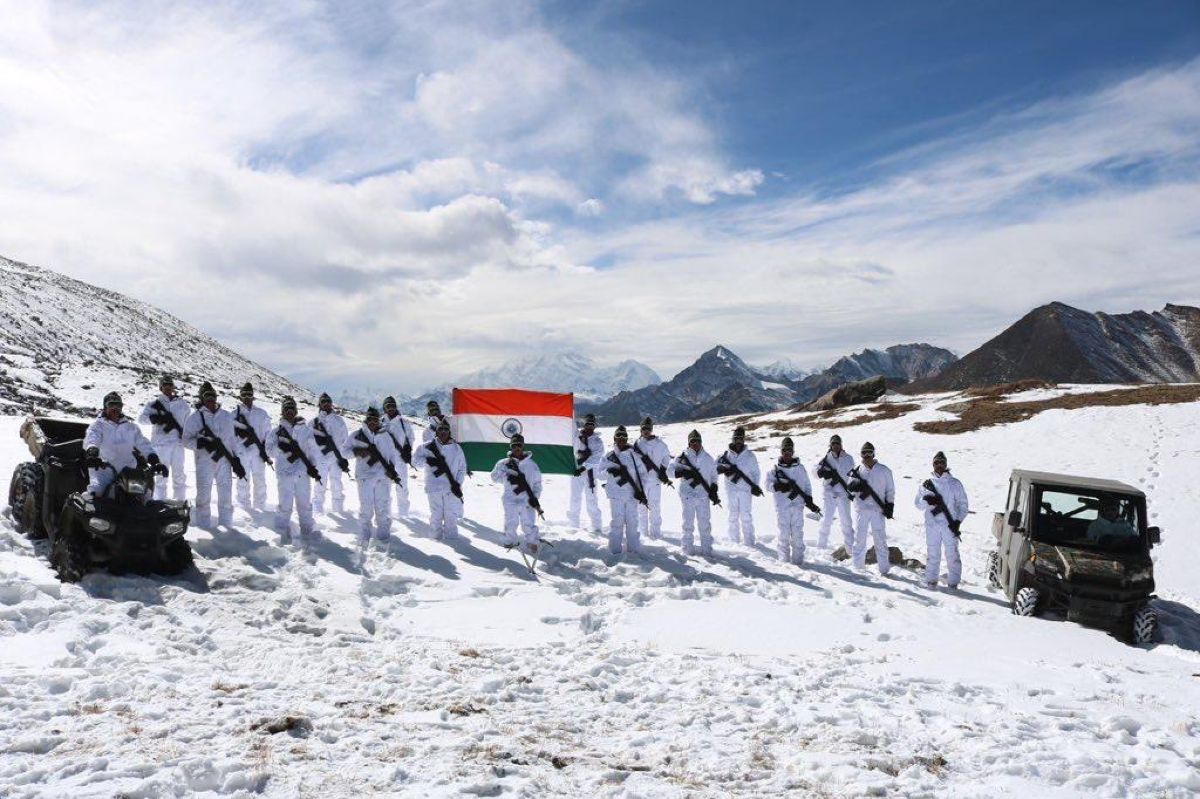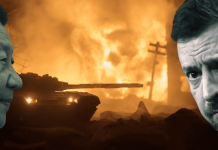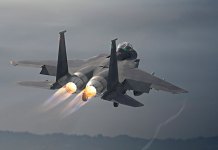It is 25 years since the Kargil War when the Indian armed forces unleashed their fury to kick out infiltrators backed by the Pakistan military who had captured some of the strategic heights in Jammu and Kashmir.
Interestingly, three years after the Kargil war, the Indian Air Force (IAF) had to deploy its French-made Mirage 2000 fighters to bomb Pakistani intruders who again came to the Indian side of the Line of Control (LoC).
The underreported operation, touted as Kargil-2, has been a well-kept secret of the Indian military. Its first official acknowledgment came in 2019, when the Mirage-2000s were deployed to bomb terrorist training centers in Balakot, Pakistan.
On December 13, 2001, the Pakistan-sponsored Jaish-e-Mohammad and Lashkar-e-Taiba orchestrated an attack on the Indian Parliament. As a result, the Indian Armed Forces were mobilized and were ready for war with Pakistan in the first week of January 2002 under Operation Parakaram. It was one of the longest mobilizations, as the armed forces remained on high alert for nine months.
The relationship between the two countries was already at rock bottom when the Kaluchak massacre happened in May. On 14th May 2002, three Lashkar-e-Taiba terrorists, disguised as Indian soldiers, attacked a tourist bus and an army camp in the Indian town of Kaluchak and killed 34 people, including 3 Army personnel, 18 Army family members, and 10 civilians.
Russian President Vladimir Putin’s effort to broker peace between the two nuclear-armed countries proved desultory. Amidst this, the Indian defense apparatus suspected a Kargil-like build-up in the Kel area in the Kupwara sector. Pakistani intruders had entered 3-4 kilometers inside the LoC and established bunkers.
The Pakistani troops were targeting Indian positions through artillery, making it imperative for the Indian forces to retaliate. It was mulled if the Indian Army should be sent to evict the intruders. However, a decision was taken to carry out air strikes before sending in the Special Forces.
“Typical cold start doctrine in the Air Force terminology was put in practice. The details of this should remain cold. No one should talk about it. What it was intended for was successful,” then Chief of Air Staff, Air Chief Marshal Srinivasapuram Krishnaswamy (retired), was later quoted saying.
India developed a Cold Start doctrine for a potential conflict with Pakistan. It aimed to enable rapid deployment of troops on the western border within days if a full-blown war scenario arose.
During the 20th anniversary of the bombing of Tiger Hill by the IAF during the Kargil War in 1999, then Commander-in-Chief of Central Air Command Air Marshal Rajesh Kumar (retired) said: “In 2002, during Operation Parakram, the Pakistanis had entered 3-4 km inside the Kel sector. The air force fighters bombed them using laser-guided bombs and evicted them.” Kumar had led the strikes as then Commanding Officer of the Mirage Squadron. Kumar was awarded the Vayu Sena Medal (Gallantry) in 2003.
It was the first official confirmation of the strikes. For a long time, it was believed that the nine-month-long deployment of the Indian forces was over without firing a single shot.
Then IAF Chief Air Chief Marshal B S Dhanoa (retired) also asserted that the strikes gave the message to the Pakistani intruders not to return. “The purpose of our attack has always been to show our resolve and capability…,” Dhanoa said.

Kargil 2.0
Pakistan had occupied improvised bunkers and forward trenches built by the Indian Army at Loonda Post. The Loonda Post is strategically important as it overlooks Kel town in the Neelam Valley on the Pakistani side of the LoC.
The Indian Government later denied mass intrusion by Pakistani troops. It said that in the last week of July 2002, there was a “minor Pakistan intrusion” roughly 800 meters on the Indian side of the LoC in the area of Point 3260, which is 18000 meters from Loonda Post.
The Pakistani troops occupied Point 3260 as it was physically unoccupied by the Indian troops at that time. The area, however, was regularly patrolled by the Indian troops. They observed the presence of some Pakistan troops in the area of Point 3260 on July 26, 2002. It was a patrol of the Sikh Light Infantry that detected the intrusion. The patrol party was ambushed, leading to 3 deaths.
The Indian Army rained fire through its 155 mm fire FH-77B ‘Bofors’ howitzers and mortars on the feature from three sides. Following a go-ahead from the Ministry of Defense, a multi-ship formation of Mirage-2000s from the 7 Sqn “Battleaxes” was airborne on August 2nd.
As many as 8-12 Mirage-2000s were involved in the mission led by the CO 7 Squadron Wing Commander Rajesh Kumar (later, he rose to the rank of Air Marshal), with four arriving on the target. Wing Commander Kumar dropped the first 1000-pound bomb, followed by other aircraft. Conducted in broad daylight, the strikes reportedly led to the deaths of 28 Pakistani soldiers.
Pakistan did not retaliate to the 2002 air strikes. The Vajpayee-led NDA government kept the strikes under wraps, and the operation was known only to a handful of people.

The Indian Government’s Version
The Indian government officially never commented on the operation, but Wing Commander Rajesh Kumar’s citation gives a peek into what transpired.
“During ‘Ops Parakaram’ on 02 Aug 2002, the Squadron under Wing Commander Rajesh Kumar was tasked with destroying enemy positions on the Line of Control. Intelligence had reported the infiltration of enemy troops across the LOC, who were taking up positions overlooking their ground forces. There was very limited time available for planning, and real-time intelligence was lacking. The target was located at a high altitude, very close to our troops, and was defended by enemy Surface-to-Air Missiles (SAMs). A precise attack was needed to prevent fratricide. When the mission was flown the target area was partially obscured due to clouds and smoke from enemy fire.
Despite time constraints, intelligence, difficult terrain, and partially obscured targets, Wg Cdr Rajesh Kumar successfully led and executed the attack on the LOC. He acquired the target and effectively carried out an LGB (Laser Guided Bomb) attack while under enemy fire, destroying the enemy bunkers on the LOC. Accurate weapon delivery also greatly assisted the other members in the formation to acquire the target. The success of the mission facilitated the recapture of territory by its own ground forces without any friendly casualties. His attack also demonstrated to the enemy the capability of the IAF and will act as a deterrent against any such intrusion in the future.
For exceptional courage under fire and leadership shown, the Hon’ble President is pleased to award ‘Vayu Sena Medal (Gallantry)’ to Wing Commander Rajesh Kumar.”
- Ritu Sharma has been a journalist for over a decade, writing on defense, foreign affairs, and nuclear technology.
- The author can be reached at ritu.sharma (at) mail.com
- Follow EurAsian Times on Google News




